Air Filtration is an underutilized COVID mitigation option
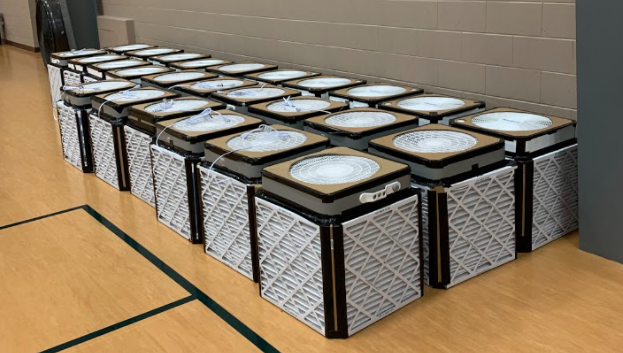
A completed set of Corsi boxes
Yesterday, I finished building a set of 27 air purifiers for the school my kids go to. I’m writing up this blog post because I believe that air filtration is not as widely used as it could be, given the relative ease of implementation.
My wife sent me a link to this NPR article: Does Your Kid's Classroom Need An Air Purifier? Here's How You Can Make One Yourself in August, which describes the origin of the concept and links to the design at Edge Collective.
I wanted to know more, so I looked up as much information as I could find. It turns out there is quite a bit. For example:
Quartz: What everyone should know about ventilation and preventing Covid-19
CDC: Ventilation in Schools and Childcare Programs How to use CDC building recommendations in your setting
CDC: Ventilation in Buildings
American Society of Heating, Refrigerating, and Air-Conditioning Engineers (ASHRAE) Guidance for Building Operations During the COVID-19 Pandemic
You could find more if you looked, but it is abundantly clear that ventilation and filtration is a good and useful tool for COVID mitigation, but one that doesn’t get a lot of airtime. Everyone got stuck on masking and forgot to look at the other options.
Once I looked over the design I proposed to the COVID mitigation committee at the school that I would build and test some boxes, and if I felt they were a good solution for the school, I would also lead an effort to build enough for every classroom.
I built two boxes to start. I used two different brands of duct tape and two different brands of fan. I started with a Hurricane 20” box fan, and 3M Multi-Use Duct Tape #2960 [Amazon links]. At first, I was a bit annoyed that the Hurricane fan has its knob on the front, as that requires extra cuts in the fan shroud. But I discovered that the Hurricane fan moves more air at a lower setting, meaning less noise, during testing.
You can see the testing data in my Google Sheet for calculating air changes per hour.
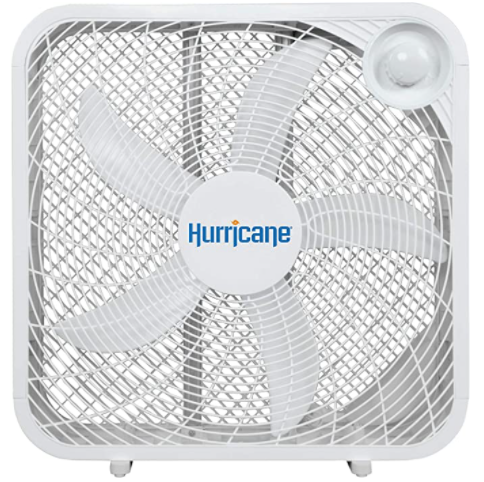
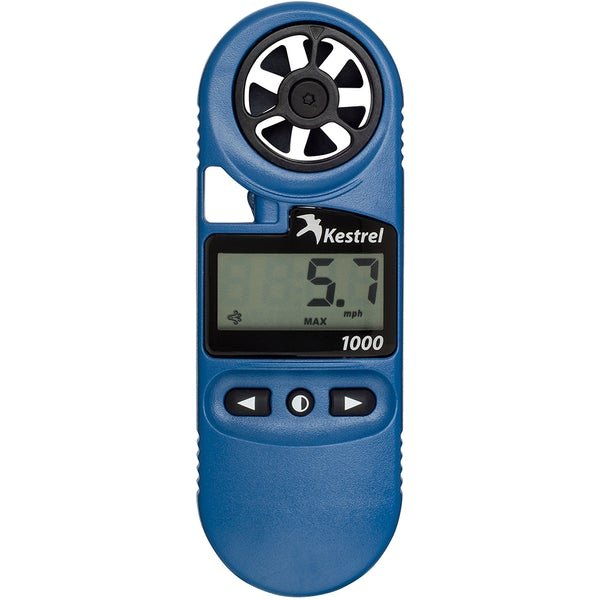
I tested airflow using the Kestrel 1000 wind speed meter, which is a really solid instrument. I highly recommend it. I bought mine straight from the manufacturer, but you can get it from Amazon too.
Since the Kestrel 1000 has a 1 inch rotor, I measured air speed every inch from the edge of the central disk, and then multiplied that by a ring of the appropriate radius and 1 inch width to get a volumetric measure of airflow. If you want to get fancy, that’s a Riemann sum.
I tried this procedure at the slowest and middle fan speeds for the Hurricane fan, both with and without the fan shroud. I confirmed the function of the fan shroud, you lose quite a bit of net airflow due to air vortices in the corners, but I was a bit surprised to find that the lowest fan speed had the best performance in terms of air flow in cubic feet per minute.
However, when you look at my numbers, know that I live at 7,000’ of elevation, and fan performance can be affected by air pressure. If you spin too fast at too low a pressure, you can get fan stall, which is what I suspect is happening here. Fan blade number and shape also plays a role here.
The other fan I tested was a Lasko 20” box fan. For this box, I tried the Gorilla brand duct tape [Amazon links], as I discovered that the 3M brand mutli-use duct rape reeks. My house stank for days after putting together the first box. The box never quite was stable either, the adhesive didn’t hold as well as I liked. I found the Gorilla brand held better, and smelled better too.
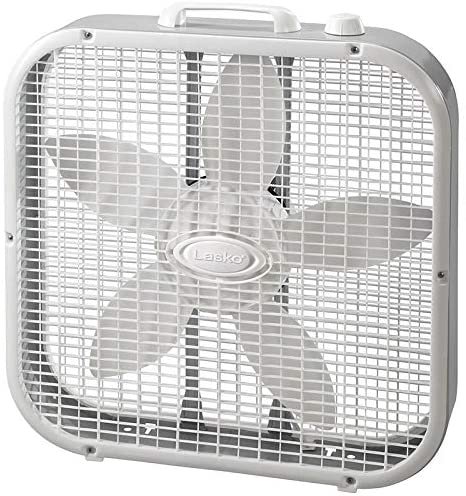
With the Lasko fan, I had to turn it up to the medium setting to get the same CFM as the Hurricane fan on low. This made the Lasko fan a bit louder, so my recommendation was to use the Hurricane fans if possible, as noise is a downside of these filter boxes. You can buy commercial versions of these, such as the Medify Air MA-40 or the Molekule Air Pro RX, but these cost 10x as much. If you run the conversion on the units, you will see that the commercial units do about half of the air volume my homemade filter boxes do. What you do buy for you money is quiet. With lower air speeds and better sound insulation, they are noticeably quieter.
However, if you need to buy four units per classroom to hit the goal I set of 6 air changes per hour, that $2k price tag adds up fast. I think these Corsi boxes hit the sweet spot in terms of cost and performance. However, you should test your own units, as you probably live at a lower elevation than me.
Based on this testing, the school ordered all the supplies and I got to work. I organized volunteers to assemble the boxes. All told, it took 26 manhours to assemble 27 boxes. This is longer than what Edge Collective claimed, but matched my own experience of about an hour for one person to assemble during my testing.
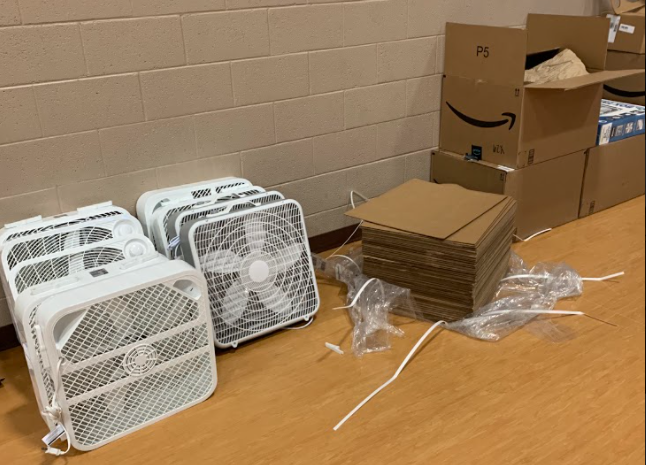
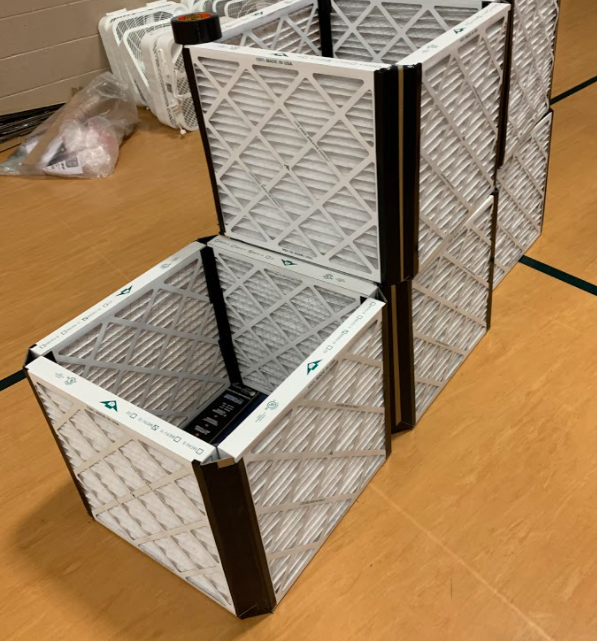
With the boxes constructed, the school is going to deploy them two per classroom, as my calculations indicate that should get each room above 6 air changes per hour. According to CDC observational data collected in Georgia a year ago, this should have an effect roughly similar to masking policies.


As theory and observation reach similar results here, I feel pretty good about this. Our school is swapping the masking policy for air filtration, masking optional, and with the availability of COVID vaccines for children ages 5-11, we should see a net increase in mitigation for the school, but with considerably less rancor.
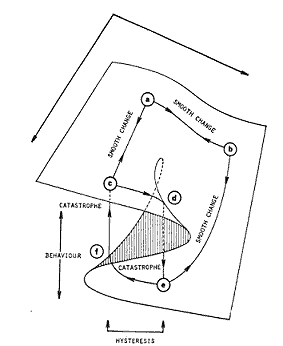


Comments ()